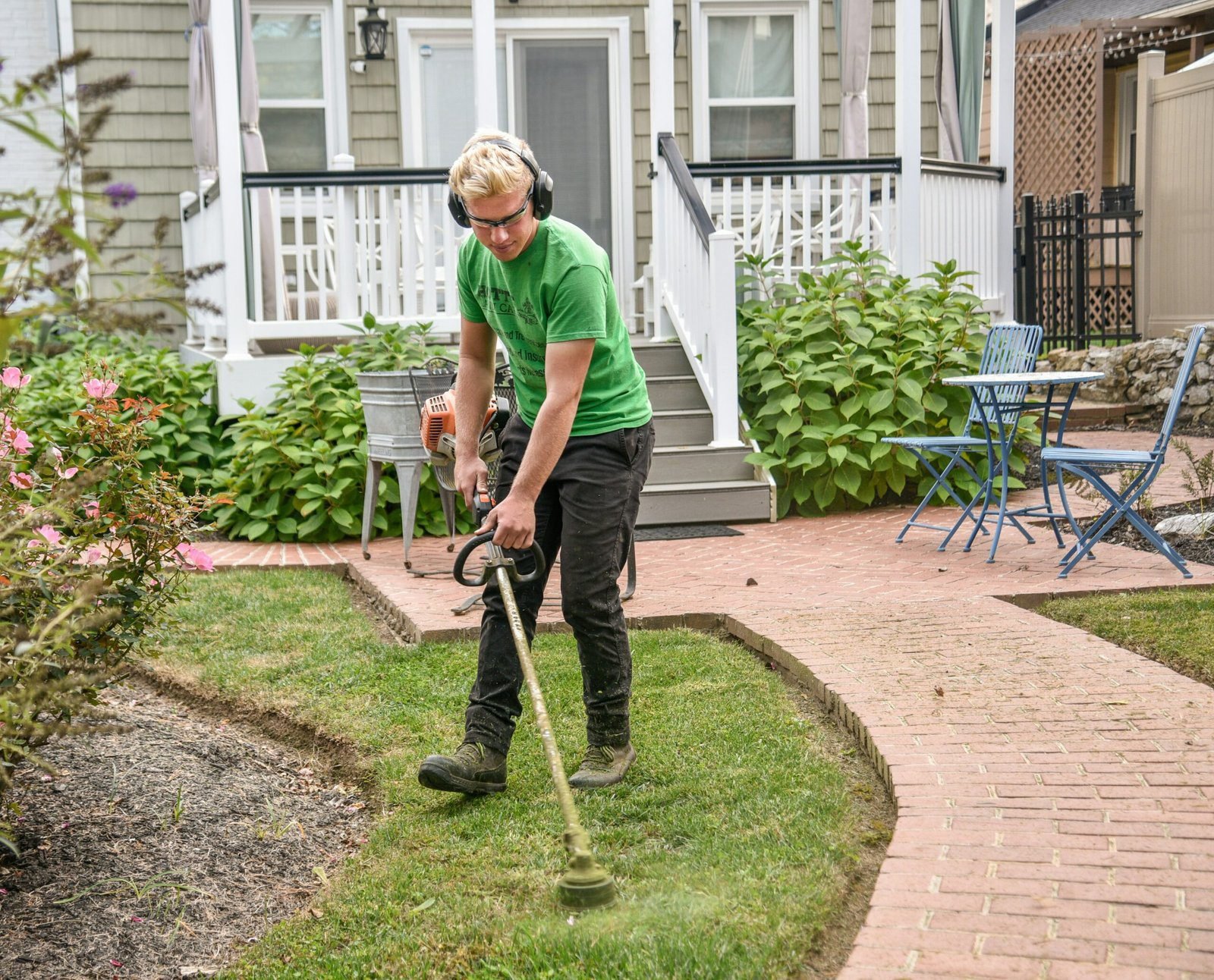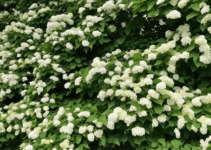Introduction
Having a beautiful and lush lawn is the dream of every homeowner. A well-maintained garden not only enhances the aesthetic appeal of your property but also provides a refreshing and relaxing space for you to enjoy. However, achieving and maintaining a healthy lawn requires proper care and attention. In this blog post, we will share 12 expert tips and techniques to help you achieve the perfect lawn.

Read this article and do not forget to check our YouTube channel “Grig Stamate” for other amazing videos:
https://www.youtube.com/@GrigStamate
Beautiful Gardens and Flower Gardens | OUTDOOR DECOR & LANDSCAPING IDEAS #12 (video)
1. Regular Mowing
Mowing is an essential part of lawn care routine for healthy grass. Regular mowing not only keeps your lawn looking neat and tidy but also encourages the growth of new and healthy grass. Set your mower blades to the appropriate height for your grass type and avoid cutting more than one-third of the grass blade at a time.
2. Proper Watering
Watering your lawn is crucial for maintaining its green and lush appearance. It is best to water your lawn deeply and infrequently, rather than shallowly and frequently. This encourages the grass roots to grow deeper, making them more resilient to drought and other stressors. Water your lawn early in the morning to minimize evaporation and fungal growth.
3. Fertilize Regularly
Fertilizing your lawn provides essential nutrients that promote healthy grass growth. Choose a high-quality fertilizer that is suitable for your grass type and apply it according to the manufacturer’s instructions. Avoid over-fertilizing, as this can lead to excessive growth and weaken the grass.
4. Aerate the Soil
Over time, the soil in your lawn can become compacted, preventing proper air circulation and water absorption. Aerating the soil helps to alleviate compaction and allows the grass roots to access nutrients and water more easily. Use a lawn aerator or hire a professional to perform this task.
5. Overseed Bare Patches
If you notice bare patches in your lawn, it is important to address them promptly. Overseeding these areas helps to fill in the gaps and promote a uniform and healthy lawn. Choose a grass seed that is suitable for your climate and follow the instructions for proper seeding and watering.
6. Weed Control
Weeds can quickly take over a lawn and compete with the grass for nutrients and water. Regular weeding is essential for maintaining a healthy lawn. Use manual methods or apply a selective herbicide to target the weeds without harming the grass.
7. Monitor and Control Pests
Pests such as grubs, insects, and rodents can cause significant damage to your lawn. Regularly inspect your lawn for signs of pest infestation and take appropriate measures to control them. This may include using organic pest control methods or seeking professional assistance.
8. Practice Natural Lawn Care Techniques
Consider adopting natural lawn care techniques that minimize the use of chemicals and promote environmental sustainability. This can include using organic fertilizers, composting, and practicing proper lawn maintenance techniques.
9. Mulch Grass Clippings
Instead of bagging and disposing of grass clippings, consider mulching them back into the lawn. Grass clippings act as a natural fertilizer, returning valuable nutrients to the soil. This practice also reduces waste and saves you time and effort.
10. Regularly Inspect and Maintain Lawn Care Tools and Equipment
Properly maintained tools and equipment are essential for effective lawn care. Regularly inspect your lawn mower, trimmer, and other tools for any damage or wear. Clean and sharpen the blades as needed to ensure optimal performance.
11. Avoid Excessive Foot Traffic
Excessive foot traffic can put stress on your lawn, leading to compaction and damage. Encourage family members and guests to use designated pathways and avoid walking on the grass unnecessarily. Consider installing stepping stones or a walkway to protect high-traffic areas.
12. Seek Expert Advice
If you are new to lawn care or facing specific challenges with your lawn, don’t hesitate to seek expert advice. Local garden centers, professional landscapers, and online resources can provide valuable insights and guidance tailored to your specific needs.
Conclusion
By following these 12 steps to a thriving garden lawn, you can achieve and maintain a beautiful and healthy lawn. Remember to tailor your lawn care routine to the specific needs of your grass type and climate. With proper care and attention, your lawn will become the envy of the neighborhood.
Other related posts from our website:
https://howtobuildahouseblog.com/creating-a-stunning-garden-on-a-small-budget-tips-and-ideas/
https://howtobuildahouseblog.com/eco-friendly-lawn-care-tips/
https://howtobuildahouseblog.com/planning-your-garden-and-your-lawn-for-the-spring-season/
We sincerely hope that our video and post can help you.
Please, write your opinion in the comment section and do not forget to subscribe to our channel if you are new to our YouTube channel.
See you soon at another post.
Bye, Bye



No Responses